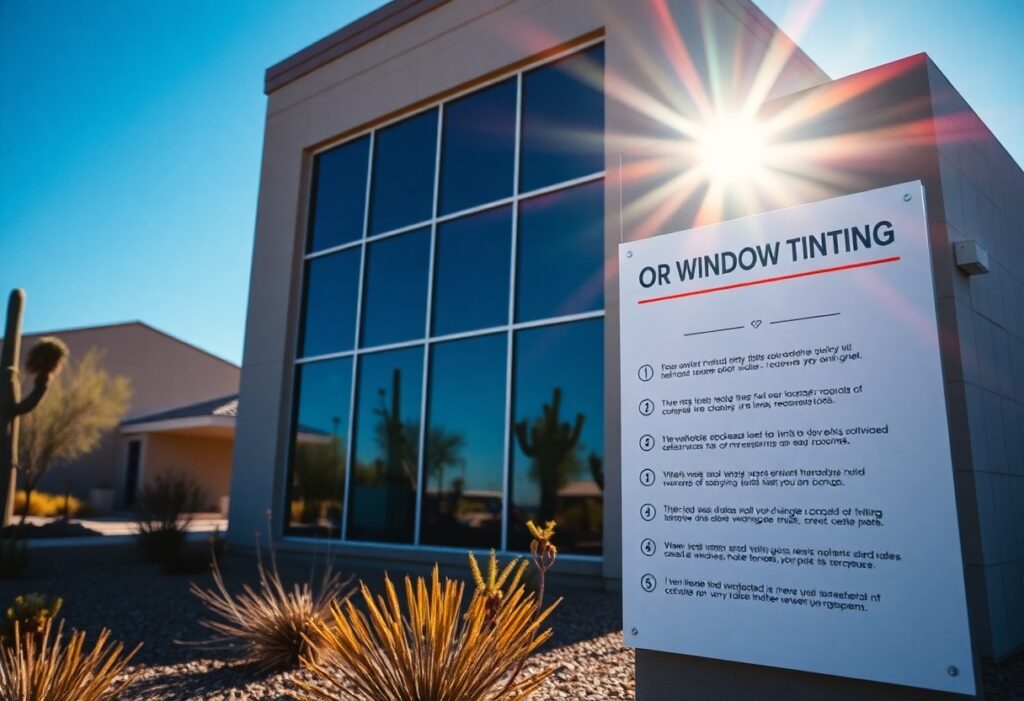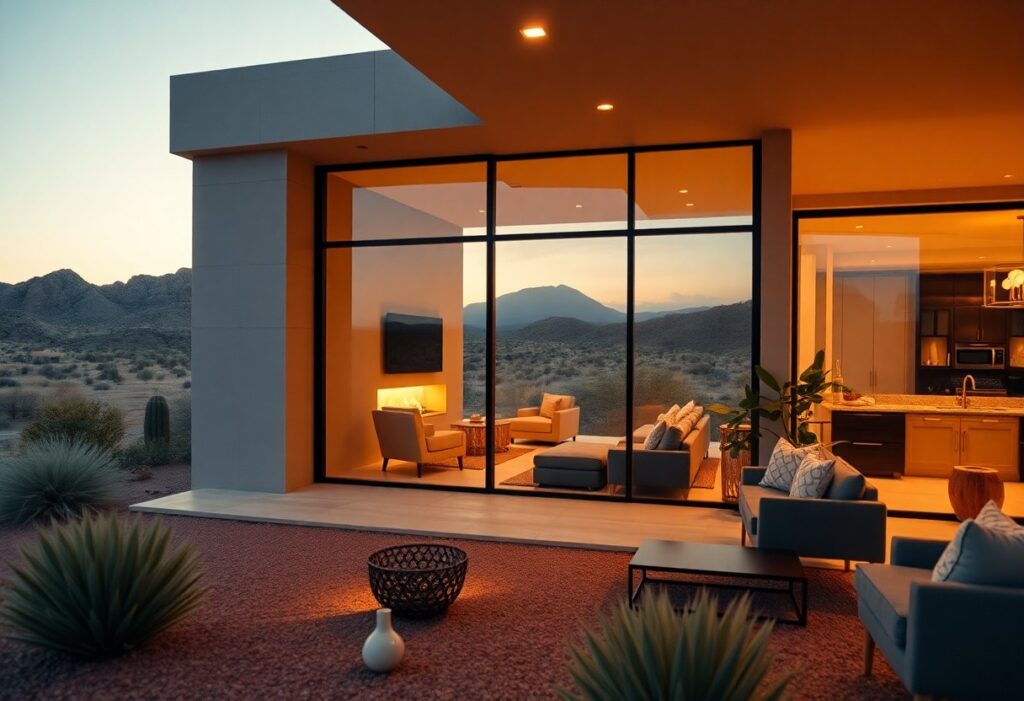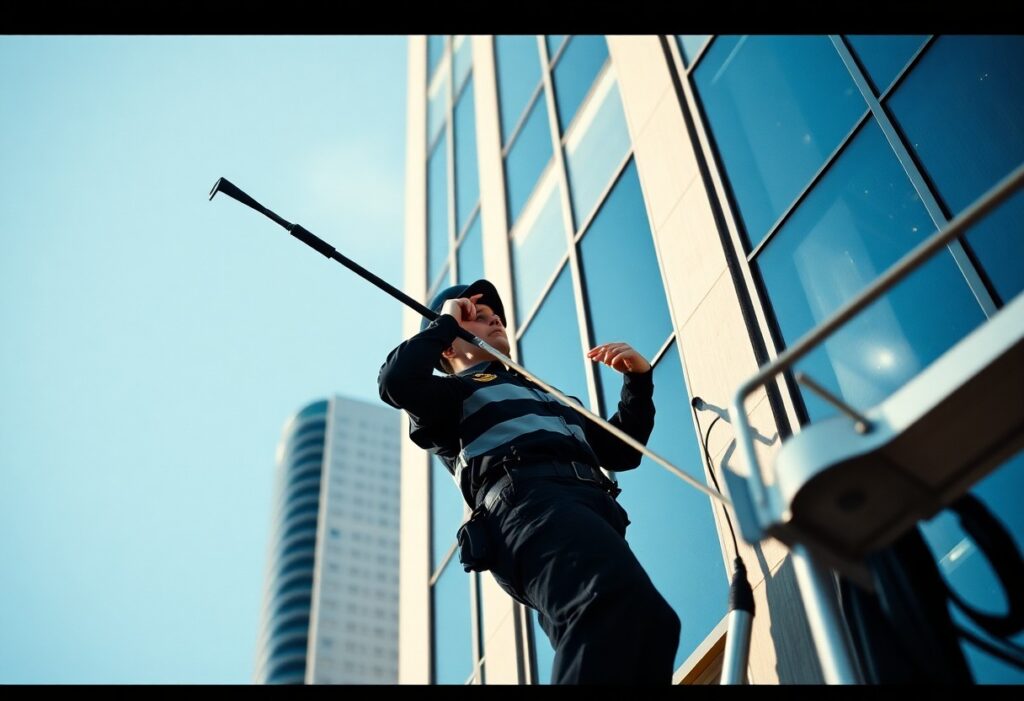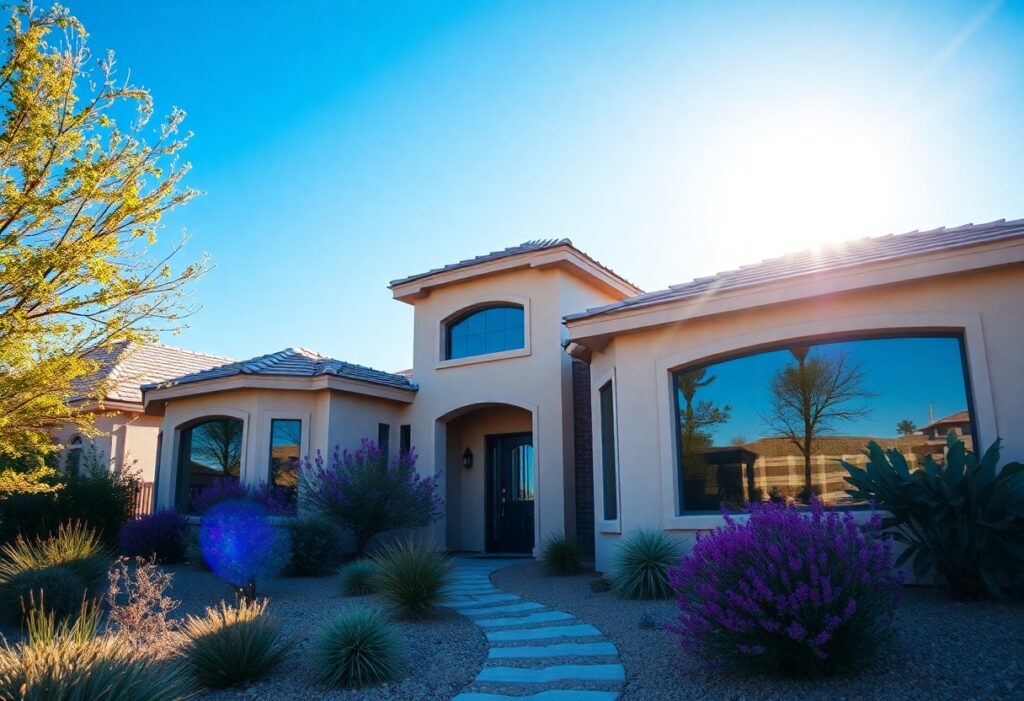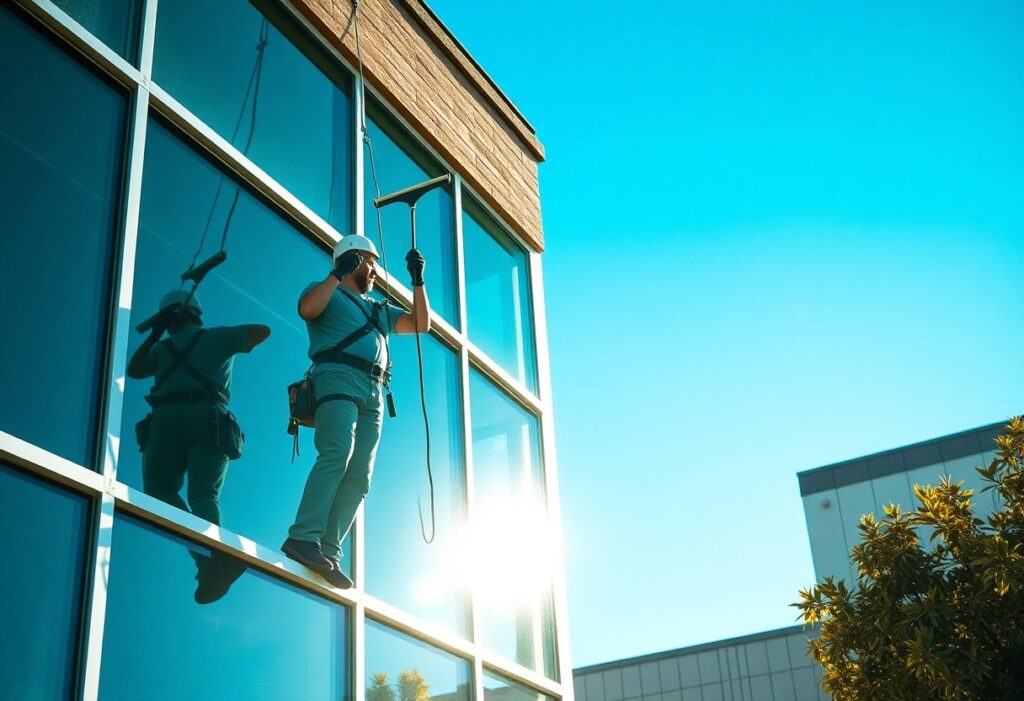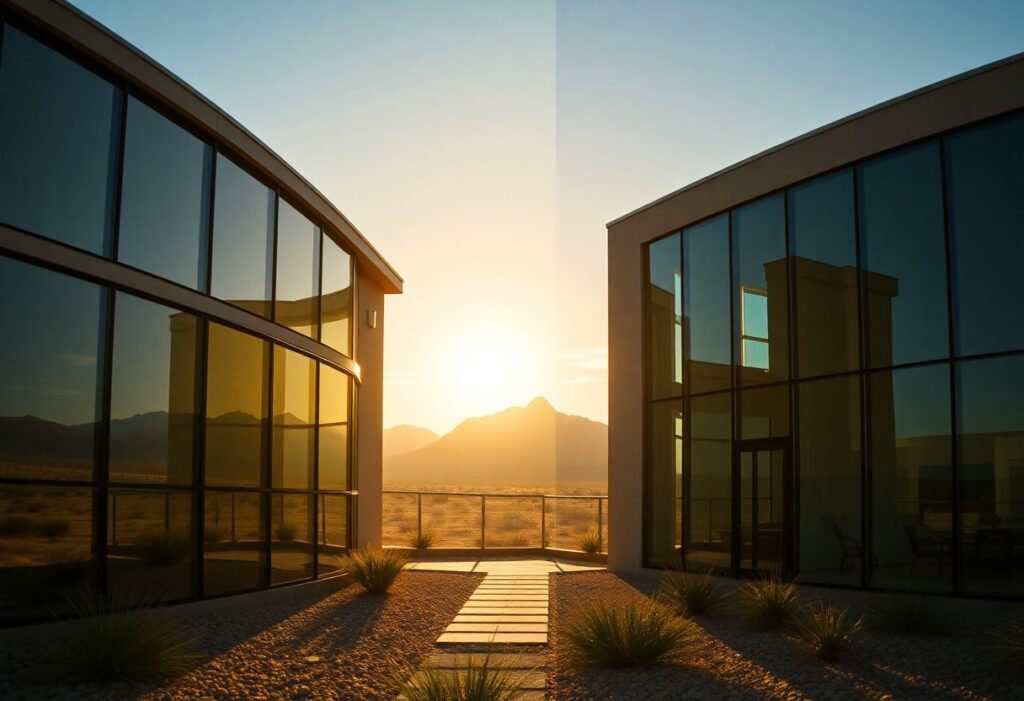5 Reasons Window Tinting Is A Smart Investment For Arizona City Properties
Just consider how window tinting can transform your Arizona property. With the extreme sun exposure in the desert, you’ll find that window tinting not only enhances your home’s aesthetic appeal but also boosts energy efficiency, protects your furnishings, and increases privacy. By investing in window tinting, you improve comfort and potentially raise your property’s value. Explore these five compelling reasons to take this step for your Arizona city home or office. Investment in window tinting for your Arizona City property can enhance your living experience while providing significant long-term benefits. By reducing heat, blocking harmful UV rays, improving privacy, and lowering energy costs, window tinting offers a multifaceted approach to property enhancement. Not only does it add an aesthetic appeal, but it also contributes to the durability and efficiency of your home. Discover the key reasons why window tinting is a wise choice for your property in Arizona City. The Financial Benefits of Window Tinting Window tinting not only enhances aesthetics and comfort but also delivers substantial financial advantages for Arizona City property owners. By investing in window film, you can achieve significant reductions in energy bills and increase the property’s overall market value, making it a sound financial decision. Energy Cost Savings With Arizona’s scorching summers, window tinting helps reduce cooling costs by blocking up to 99% of harmful UV rays and a significant portion of solar heat. This efficient temperature regulation allows your HVAC system to operate less frequently, resulting in energy savings that can reach 30% or more annually, translating to hundreds of dollars saved each year. Increased Property Value Enhancing your property with window tinting can boost its market value, making it more appealing to potential buyers. Properties with energy-efficient upgrades, such as quality window film, often attract higher offers and can sell faster compared to similar homes without such enhancements. Investing in window tinting not only improves your comfort but also signals energy efficiency and modernity to prospective buyers. Properties equipped with window films tend to see an average increase of 10% in resale value. This investment positions your home competitively within the market, appealing to eco-conscious buyers who prioritize sustainability and energy savings. The Financial Benefits of Window Tinting Investing in window tinting can lead to significant financial advantages for property owners in Arizona City. By minimizing heat entry and reducing glare, tinting helps lower energy costs associated with cooling your space. The initial expense of installation quickly becomes an asset as you witness the reduction in your monthly utility bills and overall energy consumption. Long-term Energy Savings With window tinting, you can achieve substantial long-term energy savings. In Arizona’s hot climate, these films block up to 99% of harmful UV rays and significantly decrease heat gain, allowing your air conditioning system to work more efficiently. As a result, you could see a reduction in energy bills by up to 30%, which compounds over time, delivering a fast return on your investment. Increased Property Value Window tinting can elevate your property’s market value and appeal. By enhancing aesthetics and providing functional benefits, such as energy efficiency and UV protection, your property becomes more attractive to potential buyers or renters. Properties with established energy efficiency features often see higher selling prices in competitive markets. A recent study indicates that homes with energy-efficient upgrades, like window tinting, can sell for up to 10% more than similar homes without such enhancements. For residential or commercial properties, this translates to a higher return on investment, positioning your property favorably in the marketplace. This not only attracts buyers but can also lead to quicker sales, maximizing your financial returns in the long run. The Comfort Factor: Enhanced Indoor Experience Window tinting creates a more inviting indoor environment, transforming your property into a sanctuary. By filtering out harsh sunlight and providing temperature control, it enhances your daily living experience. Enjoying a comfortable setting is vital for relaxation, productivity, and overall well-being. Regulating Temperature Temperature Regulation Benefits Benefit Description Increased Energy Efficiency Keep your air conditioning costs low by preventing heat build-up. Consistent Indoor Climate Maintain a stable temperature across all rooms, ensuring comfort throughout the property. Reducing Glare Window tinting effectively minimizes glare from sunlight, creating a more pleasant atmosphere. Whether you’re watching TV, working on your computer, or simply relaxing, reduced glare allows you to enjoy your space without straining your eyes. Enhanced visibility not only improves your comfort but also enhances productivity and leisure activities. This reduction in glare from direct sunlight can significantly impact your daily life. High-gloss surfaces and bright screens become easier to view, allowing you to work more efficiently and enjoy entertainment without the distraction of harsh light. This improvement in clarity enhances both relaxation and focus, making your indoor space more enjoyable and functional. Enhancing Comfort: How Tinting Transforms Indoor Spaces Window tinting significantly enhances comfort within your indoor spaces by regulating temperatures and reducing harsh sunlight. This transformation creates a serene environment, making your home or office more enjoyable throughout the year. Temperature Regulation and UV Protection Impact of Temperature and UV Protection Benefit Effect Lower Cooling Costs Reduces reliance on air conditioning by up to 30% Increased Comfort Maintains consistent indoor temperatures UV Protection Blocks up to 99% of harmful UV rays Glare Reduction for Improved Productivity Glare can disrupt your focus and hinder productivity, especially in workspaces with abundant natural light. Window tinting decreases brightness while preserving views, allowing you to concentrate on tasks without the strain of harsh sunlight. By reducing glare, you create a more conducive environment for work and relaxation. Studies show that employees in glare-free environments report higher satisfaction and efficiency. This simple investment in window tinting not only enhances visual comfort but also promotes greater overall productivity, making it a wise choice for both residential and commercial properties. The Health Protection Factor: Shielding Against Harmful Rays Window tinting not only enhances your experience but also plays a vital role in safeguarding your health. By reducing exposure to harmful ultraviolet (UV) rays, you significantly lower

